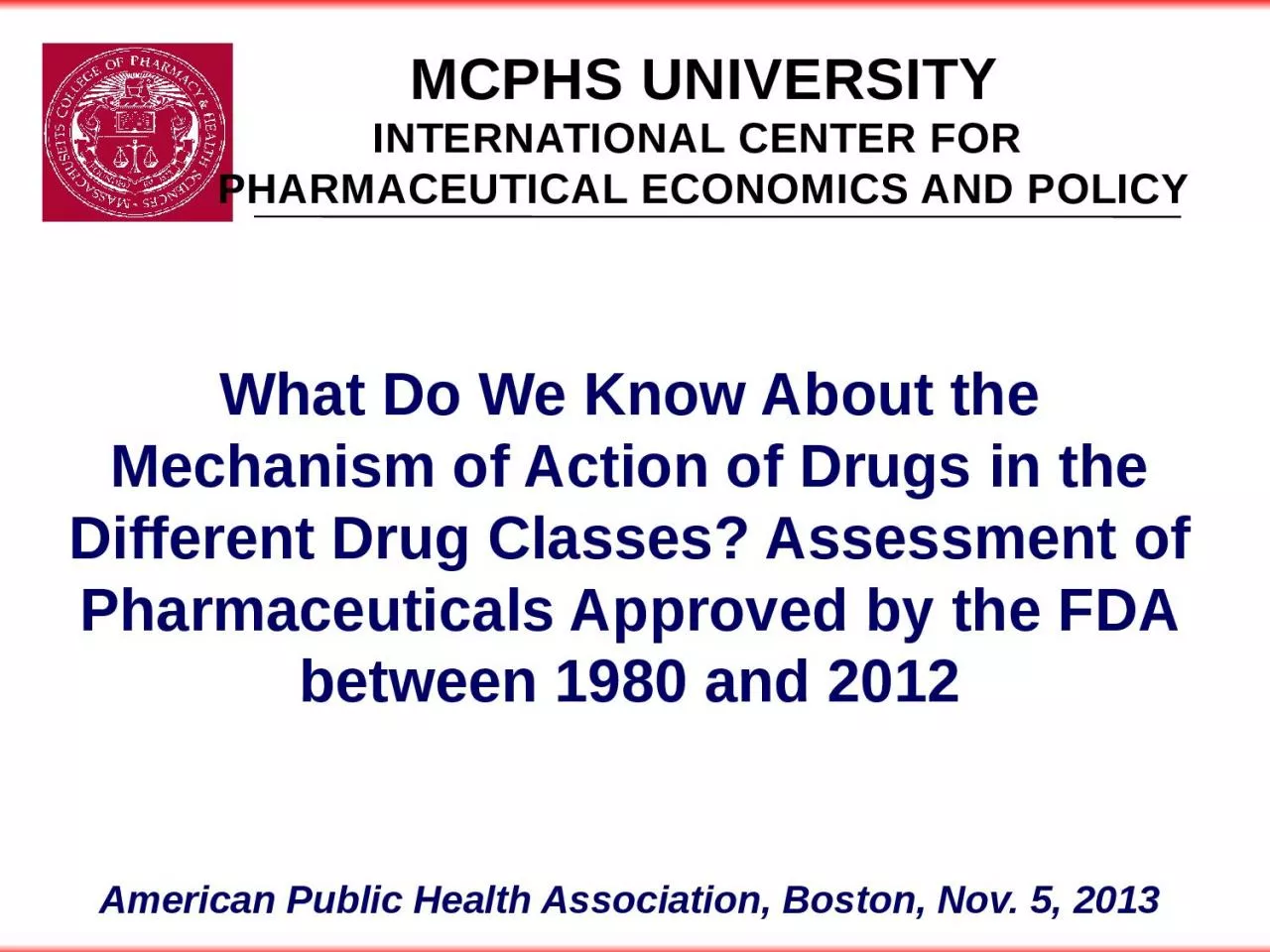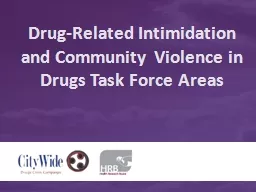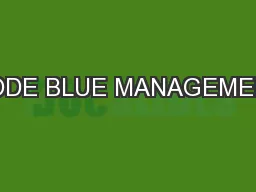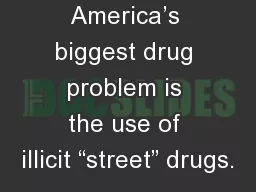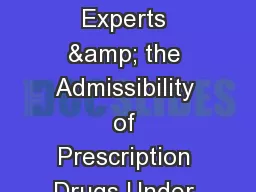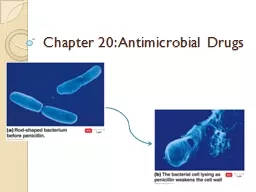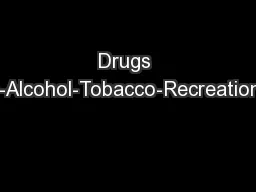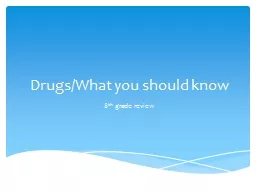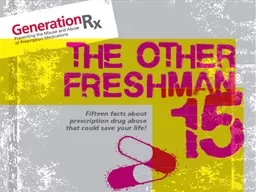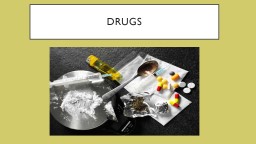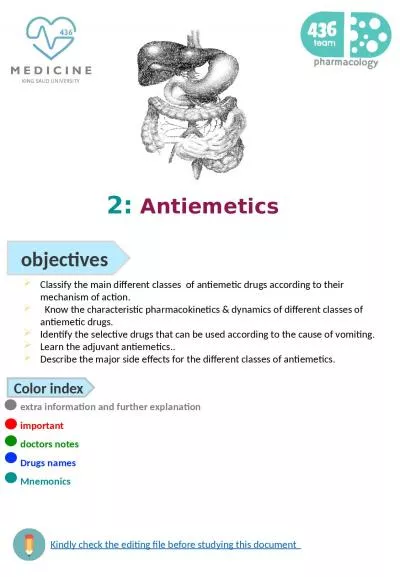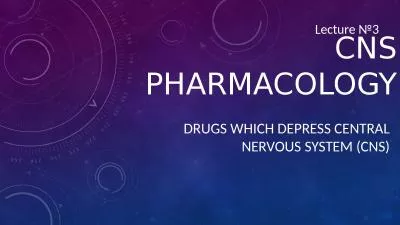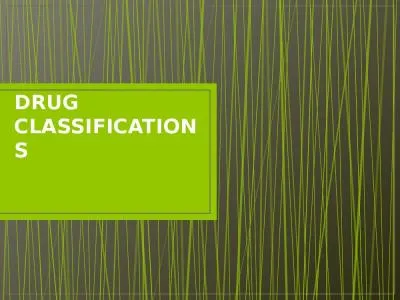PPT-What Do We Know About the Mechanism of Action of Drugs in the Different Drug Classes?
Author : catherine | Published Date : 2022-06-07
MCPHS University International Center for Pharmaceutical Economics and Policy American Public Health Association Boston Nov 5 2013 Presenter Disclosures 1The following
Presentation Embed Code
Download Presentation
Download Presentation The PPT/PDF document "What Do We Know About the Mechanism of A..." is the property of its rightful owner. Permission is granted to download and print the materials on this website for personal, non-commercial use only, and to display it on your personal computer provided you do not modify the materials and that you retain all copyright notices contained in the materials. By downloading content from our website, you accept the terms of this agreement.
What Do We Know About the Mechanism of Action of Drugs in the Different Drug Classes?: Transcript
Download Rules Of Document
"What Do We Know About the Mechanism of Action of Drugs in the Different Drug Classes?"The content belongs to its owner. You may download and print it for personal use, without modification, and keep all copyright notices. By downloading, you agree to these terms.
Related Documents

